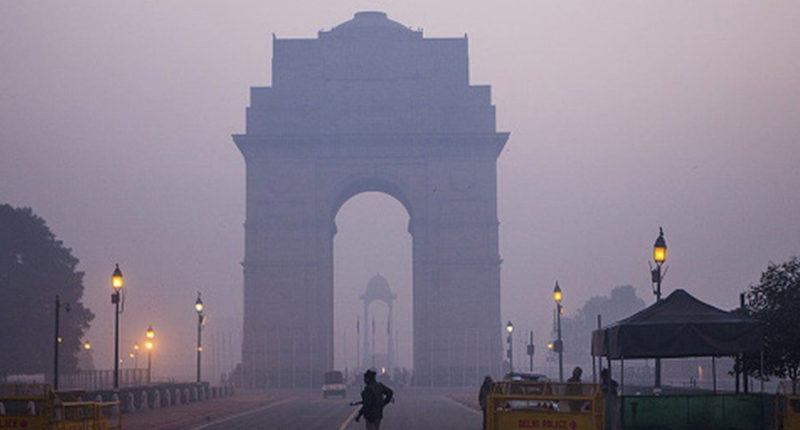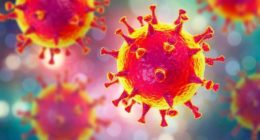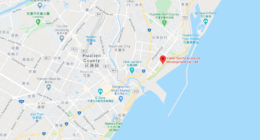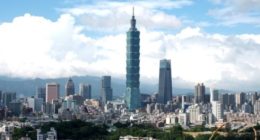Building and manufacturing is not permitted until November 21 as air pollution worsens except for defense and transport-related operations in Delhi. The government only permitted 5 of the 11 coal-based energy factories to run in the town. A harmful fog has suffocated Delhi since the celebration of Diwali.
Some academies had already closed last week because of the air smog. The Delhi administration noted that it was reflecting upon a lockdown to refine air quality. The heavy clouds of pollution destroyed the city.
A combination of factors like weather patterns, dust, industrial and vehicular emission make Delhi the most polluted city. The air turns particularly harmful in winter as agriculturists in neighboring states destroy crop stubble. And firecrackers during Diwali just worsen the quality of air. Low wind pace also plays a role as it catches the pollutants in the lower climate.
Each year, as the air turns foggy, the Indian Supreme Court drags the federal and state governments into court. And question them what they plan to do to improve the air quality. On Tuesday, after encouragement from the court, the administration made some moves.
But these actions are like bandaging on a bullet hole. Professionals say improving the air needs drastic steps that are not important for the nation’s leaders. This year, the air pollution has become so terrible that it provoked a stern alert from India’s Supreme Court. It directed federal and state governments to take emergency steps.
The panel declared other actions, which include a prohibition on the access of trucks in Delhi, Rajasthan, Punjab, and UP. Only trucks with essential items can have access. The committee also instructed Delhi to encourage private companies to permit 50% of their workers to work from home.
The panel was also instructed to cut down dust levels and vehicle emissions. Indian towns routinely affect global air pollution rankings. Terrible air quality kills over a million individuals every year, as per the US research group EPIC.
Credits: BBC









